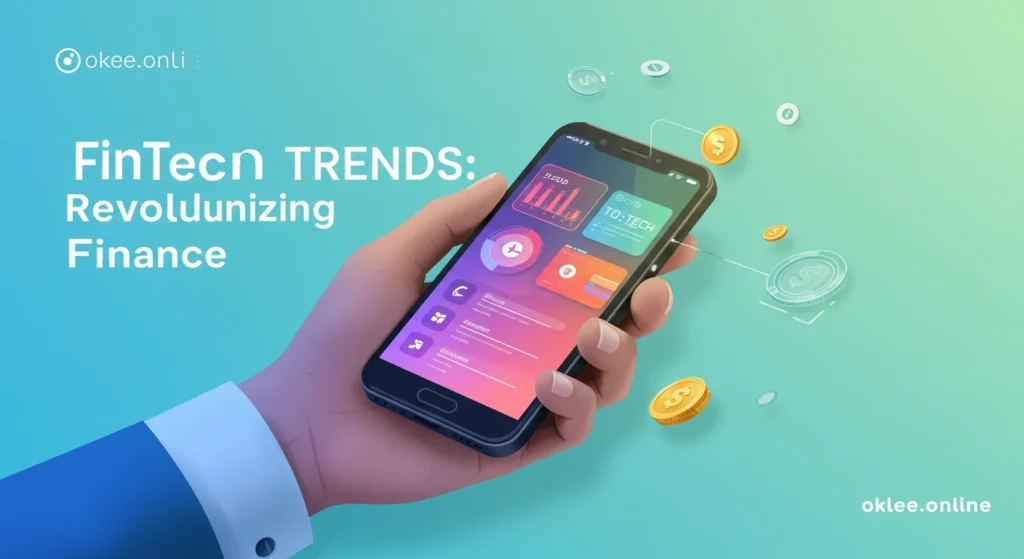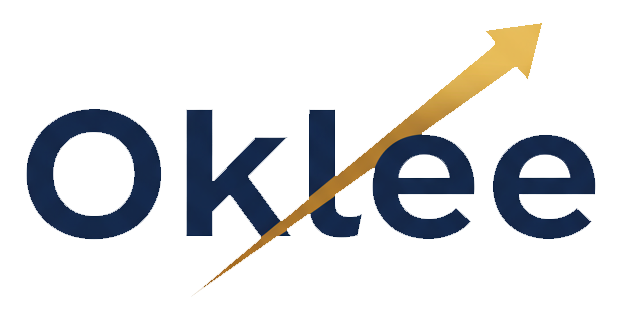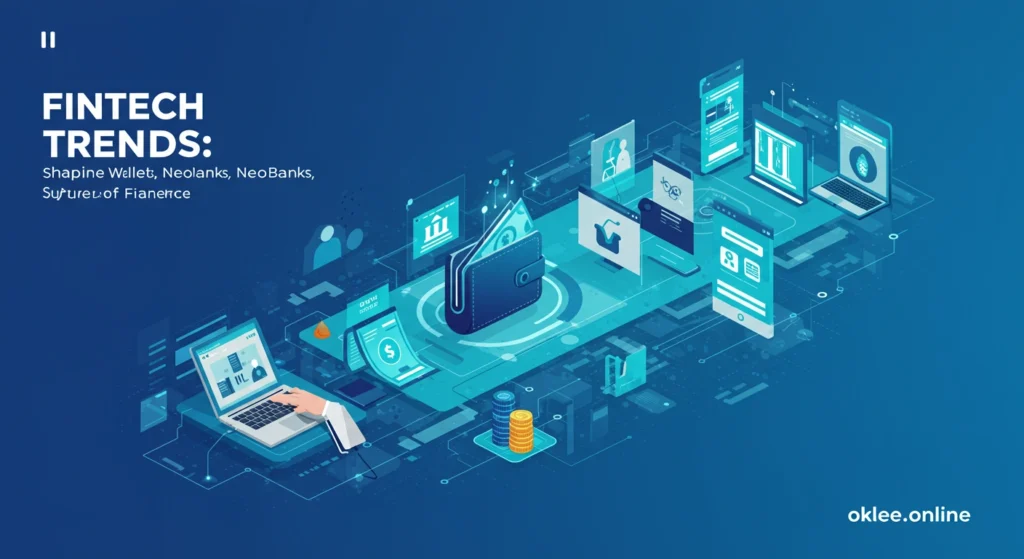Digital finance has officially gone mainstream. In 2025, cash is out, mobile wallets are in, and NeoBanks are replacing traditional branches with apps. Whether you’re paying bills, investing, or transferring money abroad, chances are you’re using some form of digital payment system.
This article breaks down the biggest fintech trends in 2025—including how mobile payments, digital wallets, and NeoBanks are making financial services faster, smarter, and more accessible.
What’s Driving the Fintech Boom?
Several forces are pushing digital finance forward:
- Consumer preference for speed and convenience
- Contactless transactions becoming the norm
- AI and automation making financial services smarter
- Global financial inclusion efforts
- Low trust in legacy banks due to hidden fees and outdated tech
Fintech solves all of this with sleek apps, better UX, and more transparency.
Mobile Payments in 2025: Who’s Winning?
Mobile payments let users pay with their phone or watch—either online or in-store. In 2025, the competition is fierce, but the key players are pulling ahead.
🔝 Top Mobile Wallets in 2025:
| Wallet | Platform | Strengths |
|---|---|---|
| Apple Pay | iOS | Seamless hardware integration, high security |
| Google Pay | Android | Widespread compatibility, smart budgeting tools |
| Samsung Pay | Android | MST tech works even with older terminals |
| PayPal | All | Global network, great for online payments |
| Venmo | U.S. | Social payment features, Gen Z appeal |
| Alipay / WeChat Pay | Asia | Super-app status, QR code convenience |
Key Trend: Mobile payments now make up over 60% of in-person transactions in many urban markets, with developing countries catching up fast.
Digital Wallet Comparison: What Should You Use?
Here’s how top digital wallets compare across key categories:
| Feature | Apple Pay | Google Pay | PayPal | Venmo |
|---|---|---|---|---|
| In-store payments | ✅ | ✅ | ❌ | ❌ |
| Online checkout | ✅ | ✅ | ✅ | ✅ |
| Peer-to-peer transfers | ✅ | ✅ | ✅ | ✅ |
| Bill splitting | ❌ | ✅ | ❌ | ✅ |
| Crypto integration | ✅ (limited) | ✅ | ✅ | ✅ |
| Loyalty integration | ✅ | ✅ | ✅ | ❌ |
Takeaway:
- Use Apple Pay or Google Pay for in-store payments.
- Use Venmo or PayPal for easy transfers and social features.
- Choose based on what your friends and vendors already use—network effect matters.
Rise of NeoBanks: Banking Without Branches
NeoBanks (or challenger banks) are fully digital banks without physical locations. They offer checking, savings, and sometimes investing—all through an app.
Why People Love NeoBanks:
✅ No hidden fees
✅ Better mobile apps
✅ Faster account setup
✅ Real-time notifications
✅ Often higher interest rates
Popular NeoBanks in 2025:
- Chime (US) – Focus on no-fee banking and early direct deposit
- Revolut (UK/Global) – Multi-currency wallets and crypto features
- N26 (Europe) – Sleek design, great for digital nomads
- Monzo (UK) – Expense tracking and savings automation
- Toss (South Korea) – Leading in financial super-apps in Asia
NeoBank Benefits Over Traditional Banks:
| Category | Traditional Banks | NeoBanks |
|---|---|---|
| Fees | High (maintenance, overdraft) | Low or none |
| Speed | Slow (3–5 days transfers) | Instant or near-instant |
| Customer Support | Call center wait times | In-app chat, 24/7 |
| Innovation | Slow product rollout | Fast updates, early crypto and stock access |
Security & Trust: Are Mobile Wallets Safe?
Yes—if used correctly. Most mobile wallets and NeoBanks use:
- Biometric authentication (fingerprint, Face ID)
- Two-factor authentication (2FA)
- Encryption and tokenization for payments
- Real-time fraud alerts
Pro tip: Always use wallets that offer instant freeze features in case your phone is lost or stolen.
Digital Wallet + DeFi = The Future?
In 2025, we’re starting to see overlap between traditional digital wallets and DeFi wallets. For example:
- PayPal and Revolut now offer crypto and stablecoin transfers
- WalletConnect, MetaMask and Zerion integrate with traditional finance tools
- NeoBanks like Monzo and N26 let you link investment accounts directly
We’re moving toward an ecosystem where your wallet isn’t just for payments—it’s your whole financial life.
Who Should Use What?
| User Type | Best Choice |
|---|---|
| Casual spender | Apple Pay or Google Pay |
| Freelancer/side hustle | PayPal, Venmo, or Wise |
| Frequent traveler | Revolut or N26 |
| Young investor | NeoBanks with crypto (e.g., Revolut) |
| Small business owner | PayPal Business + Google Pay POS |
What’s Next in Mobile Payments?
These trends are just getting started:
- Biometric-only transactions (no PIN or card)
- Tap-to-pay between phones
- Cross-border, real-time payments via blockchain
- AI-driven spending analysis and alerts
- Super-apps that combine banking, investing, insurance, and budgeting
Expect the line between your wallet, your bank, and your broker to disappear in the next 3–5 years.

Final Thoughts
Mobile wallets and NeoBanks aren’t just fintech buzzwords anymore—they’re how the majority of people handle money in 2025. Whether you’re paying for coffee, investing in crypto, or sending rent to a roommate, there’s a digital-first solution designed to make things faster and smarter.
If you’re still relying on old-school banking, it’s time to explore your options. Just remember:
Choose tools that match your financial habits—not the other way around.
Want more fintech insights?
Subscribe to the newsletter at oklee.online for weekly tips on mobile payments, investing apps, and digital banking strategies.



